Alibaba.com showcases a diverse collection of Happi coats, reflecting traditional Japanese attire with a modern twist. These garments, characterized by their loose fit and straight sleeves, are available in various designs, including the classic festival wear Kimono, vintage Yukata styles, and cardigan-like kimonos. The platform offers Happi coats tailored for different demographics, featuring pet-friendly designs with cartoon motifs for animal companions, and elegant, oversized windbreakers for women. The assortment also includes customizable options, allowing for personalized color choices and the addition of logos, catering to both individual preferences and bulk orders.
The Happi coats on Alibaba.com are not just limited to traditional patterns; they also come in contemporary designs such as the Haori with cartoon prints, suitable for casual wear or as cute pajamas. For those seeking a more authentic experience, there are carefully sewn Japanese Happi coats with sublimation prints, and for the cosplay enthusiasts, high-quality printed jackets featuring Japanese anime themes are available. The selection extends to knitted sweater coats for women, offering both style and warmth, and a range of wool-blend boucle coats for a more sophisticated look.
In terms of materials, the platform features Happi coats made from cotton, warm fleece for pets, and even luxurious options with fur trimmings for a statement piece during the winter season. The variety caters to different climates and occasions, from lightweight kimonos for mild weather to thick, woolen coats designed for colder temperatures. This versatility ensures that there is a Happi coat for every need, whether it's for a cultural festival, daily wear, or a fashion statement during the winter months.
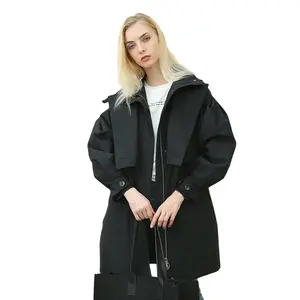
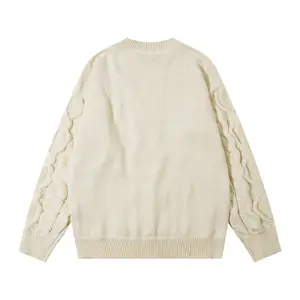




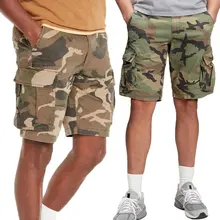

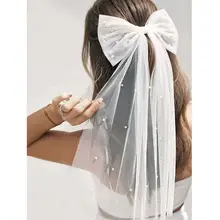
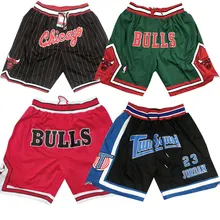

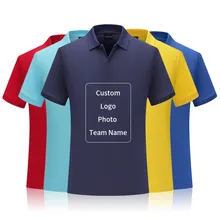

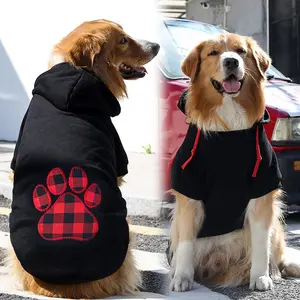

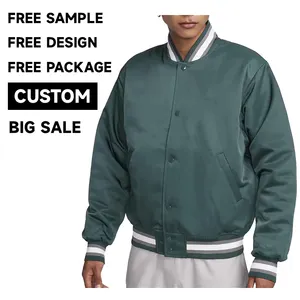
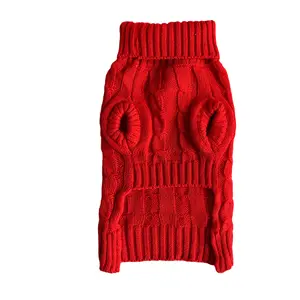
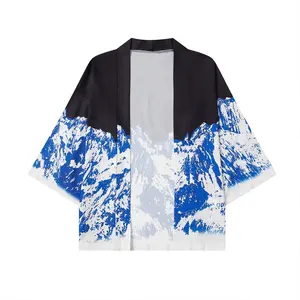
















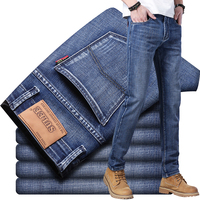

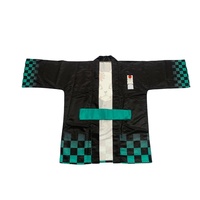








 浙公网安备 33010002000092号
浙公网安备 33010002000092号 浙B2-20120091-4
浙B2-20120091-4